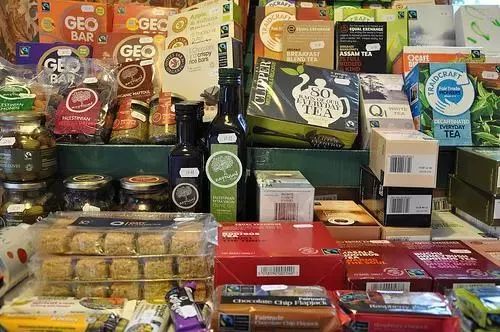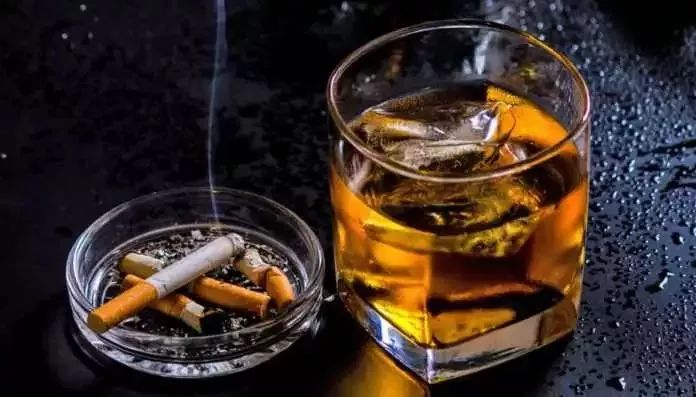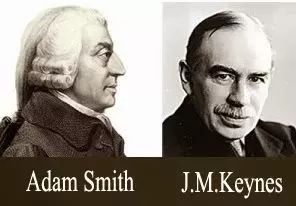- 翰林提供学术活动、国际课程、科研项目一站式留学背景提升服务!
- 400 888 0080
【A-level经济】想拿A*一定要会的必考知识点——Classification of Goods(商品类别)
吸烟有害健康,蔬菜有益健康,想知道经济学家如何看待这些商品?主页君今天就来给大家说一说经济学中的商品类别!逢考必有的知识点哦,(敲黑板,敲黑板!)小伙伴们快来总结一下吧!

Economic goods / free goods
Economic good (private good)– A good which imposes some cost on society to produce. It is a good that is limited and will have anopportunity cost.
Free good – A good which can be enjoyed without any cost to society. It is a good that is unlimited and has no opportunity cost. For example, air to breathe, rain water (in most parts of the world).
Example of free good vs economic good
If you get a meal that costs £0, that doesn’t make it a free good. In this case, you got the mealfor free, but it was still a cost to someone else in society. To grow the food, we used up limited farming land. It is an economic good. However, if you go swimming in the sea, this can be considered a free good, as there is no cost.

Public goods
Public goods are missing from the free market, but they offer benefits to society. For example, street lights and flood control systems are public goods.
• They are non-excludable so by consuming the good, some one else is not prevented from consuming the good as well, and they are non-rival, so the benefit other people get from the good does not diminish if more people consume the good.
• The non-excludable nature of public goods gives rise to the free-rider problem.Therefore, people who do not pay for the good still receive benefits from it, in the same way people who pay for the good do. This is why public goods are under provided by the private sector: they do not make a profit from providing the good since consumers do not see areas on to pay for the good, if they still receive the benefit without paying.

•Public goods are also under provided because it is difficult to measure the value consumers get from public goods, so it is hard to put a price on the good. Consumers will under value the benefit, so they can pay less, whilst producers will over value, so they can charge more.
•Governments provide public goods, and they have to estimate what the social benefit of the public good is when deciding what output of the good to provide. They are funded using tax revenue, but the quantity provided will be less than the socially optimum quantity.

Private goods
Private property rights can be used to prevent others from consuming the good.Private goods are rival and excludable. For example, a chocolate bar can only be consumed by one consumer.
Quasi (non-pure) public goods
They have characteristics of both public and private goods. They are partially provided by the free market. For example, roads are semi-excludable, through tolls and they are semi-non-rival, because consumers can benefit from the road whilst other consumers are using it (unless it is rush hour).

Merit good
A merit good occurs where people may under estimate or be unaware of the benefits of consuming a good.
Positive externalities are caused by merit goods. These are associated with information failure too, because consumers donot realize the long run benefits to consuming the good. They are unde rprovided in a free market. For example, education and healthcareare merit goods. The positive externality to third parties of education is a higher skilled workforce.

Demerit good
A demerit good occurs where people under estimate or ignore the costs of consuming a good.
Negative externalities are caused by demerit goods. These are associated with information failure, since consumersare not aware of the long run implications of consuming the good, and they are usually over provided. For example, cigarettes and alcohol are demerit goods. The negative externality to third parties of consuming cigarettes issecond-hand smoke or passive smoking.

的小编一个好看!

早鸟钜惠!翰林2025暑期班课上线

最新发布
© 2025. All Rights Reserved. 沪ICP备2023009024号-1








